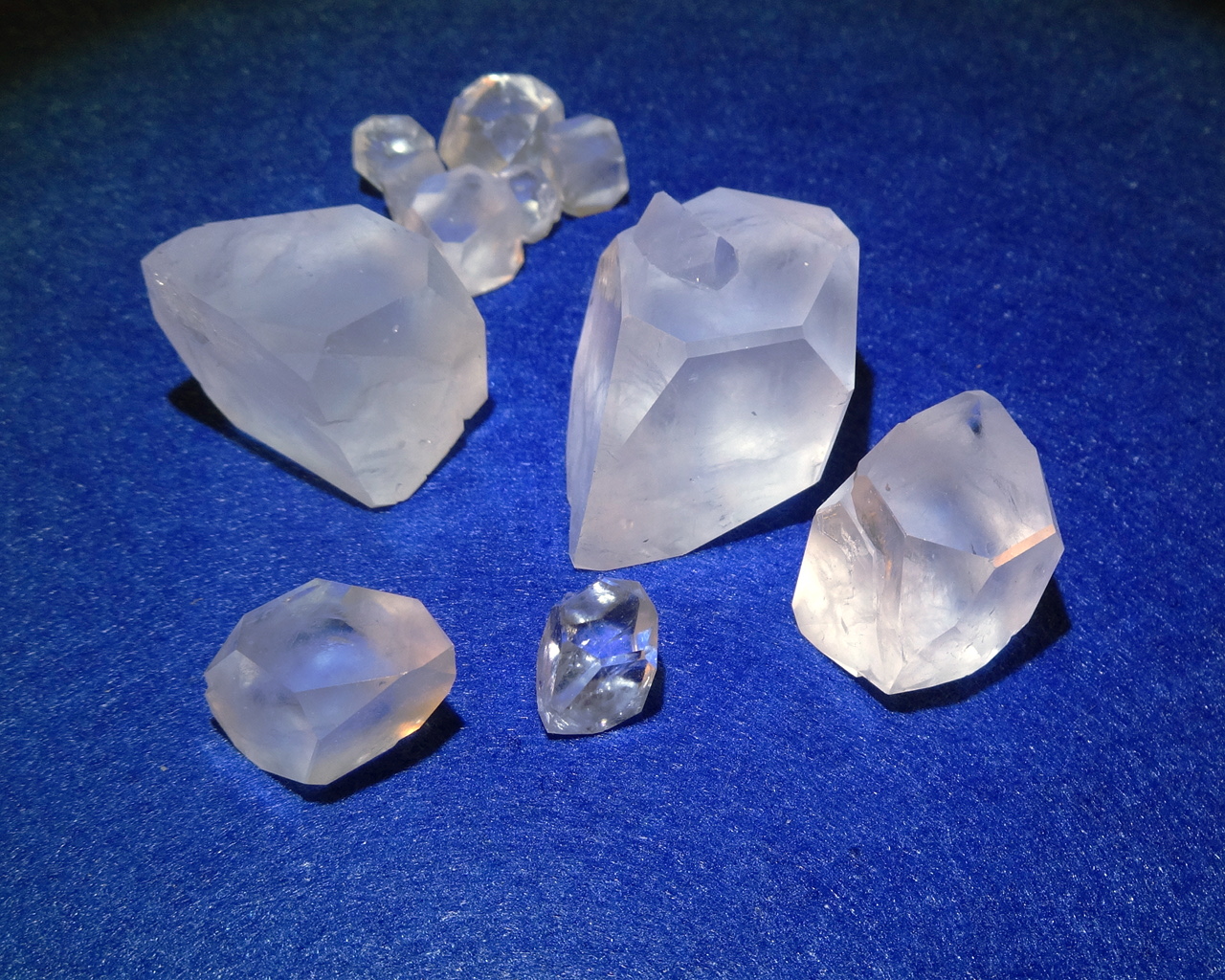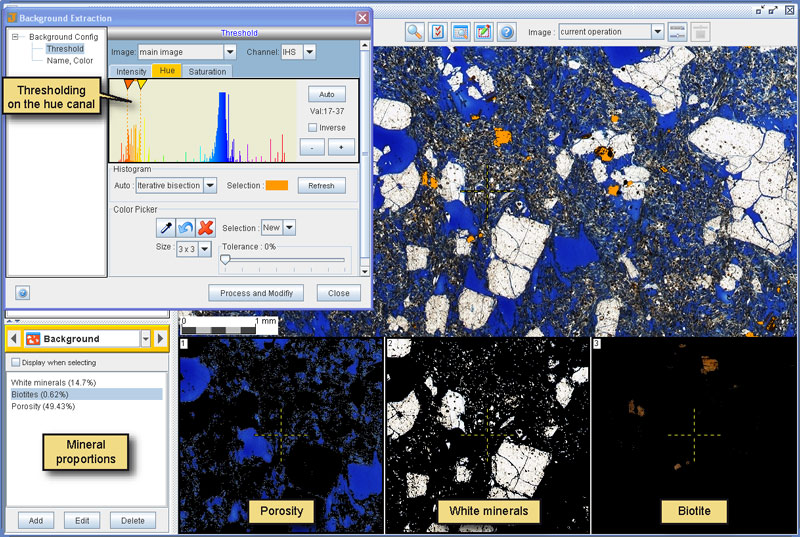
Les isotopes stables confirment le rôle de la diagenèse dans le développement de la qualité du réservoir. A partir d’études en lame mince dans ce champ, les espaces poraux sont classés en trois groupes : dépositionnel, sélectif de texture, non sélectif de texture. In comparison, lower K4 has more fabric-selective pores that have been connected by fabric retentive to selective dolomitisation.Les carbonates permo-triasiques de Dalan-Kangan se sont déposés dans le champ de gaz de South Pars, dans le Golfe persique, offshore de l’Iran. Though both upper K2 and lower K4 are dolomitised, in upper K2 unit non-fabric selective pores are dominant and fabric destructive dolomitisation is the main cause of high reservoir quality. Integration of RQI, porosity-permeability values and pore-throat sizes resulted from mercury intrusion tests shows detailed petrophysical behavior in reservoir zones. While dolomitisation enhanced reservoir properties in the upper K2 and lower K4 units, lower part of K2 and upper part of K4 have experienced more dissolution. Integration of various data show that different diagenetic processes developed in two reservoir zones in the Kangan and Dalan formations. Stable isotope studies confirm the role of diagenesis in reservoir quality development. Based on the thin section studies from this field, pore spaces are classified into three groups including depositional, fabric-selective and non-fabric selective. The Dalan-Kangan Permo-Triassic aged carbonates were deposited in the South Pars gas field in the Persian Gulf Basin, offshore Iran. ► Initial depositional setting also controls micrite morphometry.

► Early meteoric diagenesis partially controls micrite morphometry.

► We describe controls on reservoir properties in regards of the micrite morphometry. ► We provide new data on micrite morphology and crystallometry. Class D is only found in low energy muddy inner platform facies and forms inter-reservoir or caps rock layers in close association with stylolites and clay contents that usually exceed 10%.► We work on reservoir properties in micritic microporous limestones of the Middle East. It has very low porosity and permeability. Class D (strictly microporous mud-dominated facies with compact anhedral to fused dense micrites) comprises subhedral to anhedral crystals with sutured contacts forming a dense matrix. It is mostly observed in sediments deposited in a low energy muddy inner platform setting. Class F (strictly microporous limestones with fine punctic-to-partially coalescent micrites) is composed of fine (<2 μm) polyhedral to rounded micrites with poor to excellent porosity (3–35%), but permeability values of less than 10 mD and a mean pore threshold radius of less than 0.5 μm. It also developed within meteoric leaching intervals below exposure surfaces. The class C is usually observed in rudist shoal facies where relatively high hydrodynamic energy disfavoured deposition of the finer micritic crystals. Class C (strictly microporous limestones with coarse punctic-to-partially coalescent micrites) is made up of coarse (>2 μm) polyhedral to rounded micritic crystals, it has good to excellent porosity (8–28%), poor to moderate permeability (0.2–190 mD) and a mean pore threshold radius of more than 0.5 μm. Two key parameters of the micritic particles are studied using scanning electron microscopy: their morphology (shape and inter-crystal contacts), and their crystallometry.Results reveal that micrite matrixes can be subdivided into three petrophysical classes. Micritic limestones also may form dense layers with very low porosity and permeability values.Micritic samples were collected from three fields of the Habshan and Mishrif Formations, to examine the spatial relationship with their porosity, permeability and pore throat radius distributions.

In these microporous facies porosity is moderate to excellent (up to 35%) while permeability is poor to moderate (up to 190 mD). Microporosity may account for a significant part of the total porosity of Cretaceous limestone reservoirs of the Middle East.


 0 kommentar(er)
0 kommentar(er)
